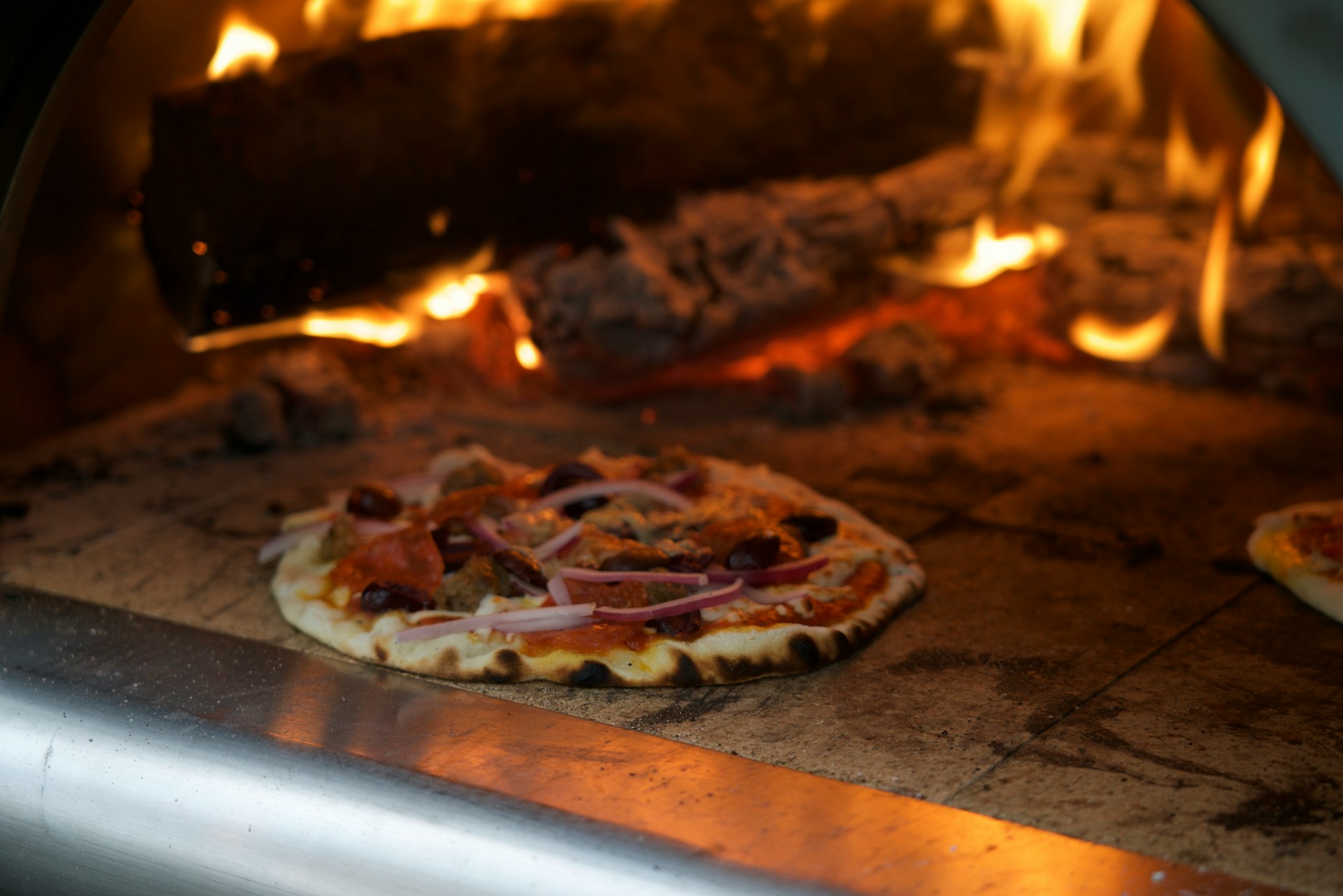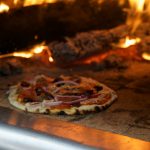The installation of a wood-fired pizza oven can significantly enhance the culinary offerings of your restaurant. The distinct flavour of a pizza cooked in a wood-fired oven is irresistible to food lovers, and can set your business apart. However, the installation of such an oven requires meticulous planning and adherence to safety guidelines to prevent accidents and ensure smooth operations. This article will delve into the essential safety measures when installing a wood-fired pizza oven in your restaurant.
Selection of the Right Type of Oven
When it comes to selecting the right kind of oven, it is important to consider the type of fuel it uses. While wood-fired ovens are famous for their unique flavour impartation, there are also gas ovens that may be more suitable for a small kitchen. The choice of oven will depend on your specific needs, the available space, and the type of pizza you intend to serve.
Also to read : What are the best strategies for handling peak holiday demand in a resort restaurant?
Wood-fired ovens, for example, require a chimney and proper ventilation to avoid the buildup of smoke and gases. An outdoor setting is ideal for these types of ovens, but with the right safety measures, they can also be installed indoors.
Gas ovens, on the other hand, are often more compact and can easily fit in a small kitchen. They require a gas line and good ventilation too, but they do not produce as much smoke as wood-fired ovens. If you choose a gas oven, make sure it is installed by a certified professional to avoid gas leaks and other safety hazards.
Also read : How can acoustic panels be designed into a restaurant without detracting from its aesthetic?
Location and Ventilation of the Oven
The location of your oven is crucial for safe operation. It needs to be away from flammable materials to prevent fires. The location also needs to have ample space for the oven and for the cook to move around comfortably.
Ventilation is another crucial factor. Whether you select a wood-fired or gas oven, there will be heat, smoke, and possibly gases produced during cooking. Having a proper ventilation system will ensure that these by-products are safely expelled outside. This is not only a safety measure, but it also contributes to a comfortable working environment.
Installation and Maintenance of the Oven
Professional installation is necessary when it comes to pizza ovens. This will ensure that the oven is safely installed and ready for use. A professional installer will know how to properly connect the oven to its fuel source, and set up the ventilation and fire safety systems.
Maintaining your oven is equally important. Regular cleaning and inspection will ensure that the oven remains in good working condition and any potential safety issues are identified and addressed promptly.
Training Staff on Safe Use of the Oven
Just as crucial as having a safe installation is ensuring your staff knows how to safely use the oven. All employees should be trained on how to properly light the oven, control the heat, and clean it safely. They should also be aware of what to do in case of a fire or other emergency.
Compliance with Local Regulations and Standards
Lastly, it’s important to ensure that your pizza oven installation complies with local regulations and standards. These may vary depending on your location, but they typically involve safety, health, and environmental considerations. Compliance with these regulations not only keeps your staff and customers safe, it also avoids potential fines and legal issues.
By taking these safety measures into account when installing a wood-fired pizza oven in your restaurant, you can ensure a safe and smooth operation. And remember, while a wood-fired oven may be a fantastic addition to your kitchen, it should never compromise the safety of your staff or customers.
The Choice of Materials for the Oven
The choice of materials for your pizza oven could greatly impact not only the efficiency of the cooking process but also the safety of the operations. For instance, a brick oven, made from firebrick and refractory cement, is excellent for retaining heat. It can reach very high temperatures and sustain those temperatures for a long period, making it ideal for pizza baking. However, the high temperatures demand careful handling and robust safety measures.
On the contrary, a stainless steel oven tends to heat up faster and cool down more quickly, which may be more desirable in a fast-paced restaurant setting. However, the metal exterior can become very hot, posing a risk of burns. It’s essential to have safety measures in place such as proper insulation and protective gear for staff.
Regardless of the material, it’s crucial to ensure that the oven is well insulated to prevent heat from escaping and causing potential fires. Further, the door of the oven must be designed in such a way that it can withstand the high temperatures and prevent any accidental contact with the hot interior.
Implementing Fire Safety Measures
Regardless of the type of pizza oven used, whether wood fired or gas electric, the risk of fire is always present. So, taking measures to prevent, detect, and control fire incidences is paramount.
For a start, the oven should be equipped with a solid fuel cooking system for efficient burning, minimizing sparks that may cause fires. Also, having a fire extinguisher nearby is not just a requirement, but a necessity for a safe kitchen. It’s advisable to opt for Class K extinguishers, which are specifically designed to put out kitchen fires that involve grease, oils, and fats.
Regular fire drills can also ensure that everyone in the kitchen knows what to do in case of a fire. This will not only save lives but could also reduce damage to the oven and the premises.
Another critical measure is installing a fire suppression system, especially if the oven is indoors. Such a system automatically puts out fires, thus averting extensive damage and potential injuries.
Conclusion
Investing in a wood-fired pizza oven can be a game-changer for a small business, offering unique flavored pizzas that attract food lovers. But with the high temperatures involved in fuel cooking and the potential hazards, it’s crucial to plan carefully and prioritize safety above all else.
Whether you opt for a traditional brick oven or a modern stainless steel oven, whether you install it indoors or choose an outdoor pizza setup, safety should never be compromised. Professional installation, proper maintenance, staff training, compliance with regulations, selection of right materials, and implementing fire safety measures are all investment in safety that pays off in the long run.
In conclusion, the journey from oven kits to the attractive aroma of wood burning pizza in your restaurant involves careful consideration of numerous safety aspects. Remember, a safe kitchen is a happy kitchen, and a happy kitchen means a thriving business.






